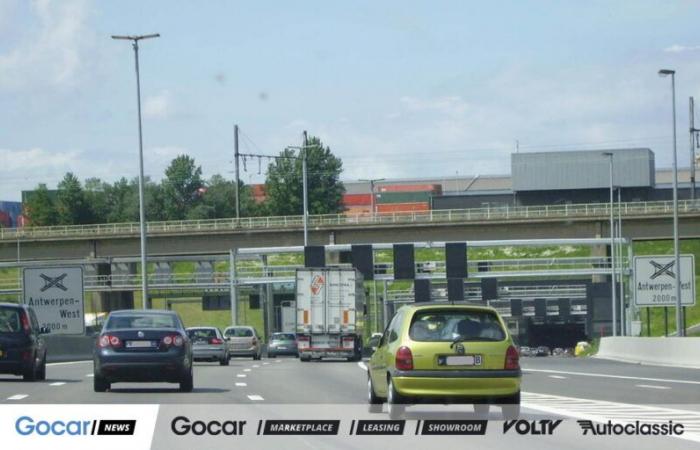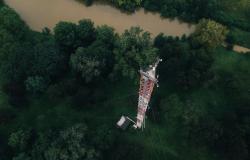The holes in the Belgian roads are such that they make emulated in the pockets of taxpayers. This is the fairly obvious conclusion that we can draw when we see how much money will have to be put back into infrastructure. This is in fact counted in billion euroseven if the figures differ. Thus, the Wallonia estimates (probably a little naively) that it would take 200 million euros to repair its road network. But Flanders (according to a report from the Department of Mobility and Public Works) estimates that 6.5 billion euros would be needed over the next 10 years to repair structures and roads. A hell of a difference and one that widens even more when we are interested in the only Ring d’Anvers.
In fact, the Flemish Parliament started discussing the budget 2025 and, surprise, we learn that the estimated cost of chantier de l'Oosterweel on the Antwerp Ring will now amount to 10 billion euroscompared to an initial forecast of 3.7 billion in 2017. In reality, the bill continues to climb. It was still estimated at 8 billion euros a few weeks ago and here it is exploding again! According to the Court of Auditors, which spoke to De Standaard, this means that each Flemish taxpayer will have to pay 3,000 euros for this project alone. And again, if costs don't explode again by then…
Not before 2033
The completion of the Oosterweel connection – named after a village that has now disappeared – is not, however, for tomorrow, as it is not expected before 2033compared to 2030 initially. There is therefore clearly the risk of a new slippage. That said, this junction is however crucial, because the Antwerp Ring is one of the backbones regarding the transit of people and goods and its degree of saturation is more and more untenable. Motorists are also particularly patients since they have been promised this section since… 1999! Completing this junction would finally allow relieve automobile pressurebecause it would divert traffic coming from Ghent (E34) and the sea (E17) via the north of the city.
Advertisement – continue reading below
That said, the Oosterweel connection is also a technical challenge. Because initially it was a question of spanning the Scheldt using bridges, but this option was abandoned in 2009 following an outcry from the population. The project selected is now that of a tunnel the 1.8 km the lung both under theScheldt and under the canal Albertbut the cost is necessarily significantly higher. And as misfortune never comes alone: the work d’excavation are delayed by the concentration of pollutants present in the soil (Pfos) probably due to the activities of the 3M company. This is ultimately the characteristic of these major works of public interest: an underestimation of the costs by politicians and an overestimation of their benefits. This is the loi de Flyvbjergnamed after a Danish economist cited by transport economist Thierry Vanelslander (University of Antwerp) on VRT. Whatever happens, the Belgian – and Flemish in this case – taxpayer will still be seriously put to work.
Looking for a car? Search, find and buy the best model on Gocar.be






